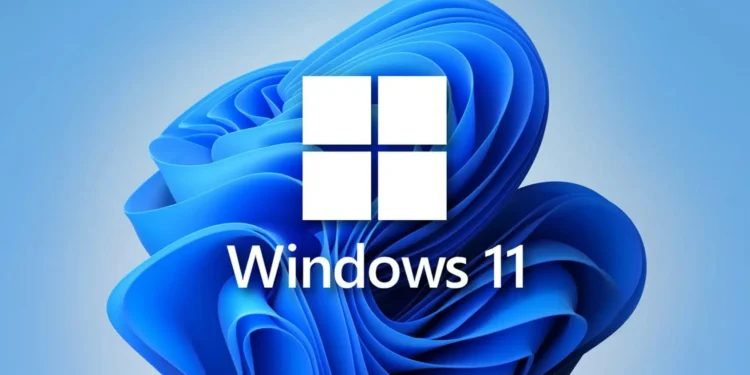The latest data from StatCounter.com reveals that Windows 11 has achieved a market share of 36.65%, its highest ever, signaling a strong shift in user preferences as we approach the second half of 2025. This surge in adoption comes at a crucial time, as Windows 10, which still holds a market share of 60.33%, moves towards its end-of-life status in October 2025.
Windows 11’s ascent can be attributed to several strategic moves by Microsoft, including stringent hardware requirements like the TPM 2.0 mandate, which have been met with mixed reactions. While some users are hesitant due to increased telemetry and online features that seem to infringe on privacy, others see the transition as a necessary evolution to ensure greater security and performance enhancements.
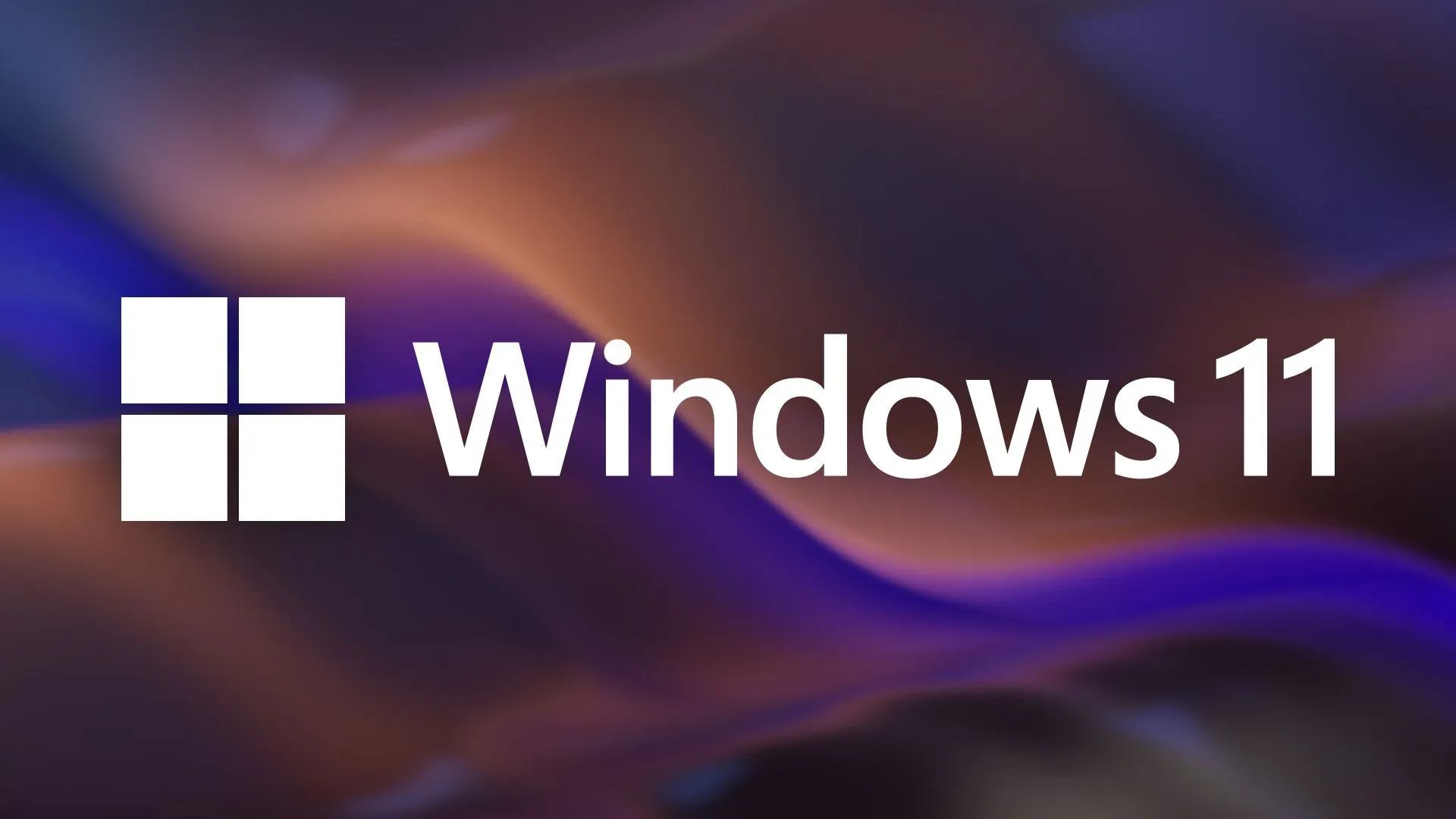
The Challenge of Upgrading
The transition from Windows 10 to Windows 11 has not been without its hurdles. Microsoft’s requirement for newer hardware capabilities, such as TPM 2.0, has led to a divide among users. Some have sought ways around these requirements, though Microsoft continues to discourage such practices by not officially supporting these workarounds.
Despite these challenges, the push towards Windows 11 seems to be gaining momentum. This is partly driven by the natural lifecycle of software support by Microsoft, which typically offers 5 years of full support followed by 5 years of extended security updates. As Windows 10 nears its tenth anniversary and subsequent phase-out in July and October 2025 respectively, businesses and consumers are encouraged to upgrade to maintain access to the latest security protections.
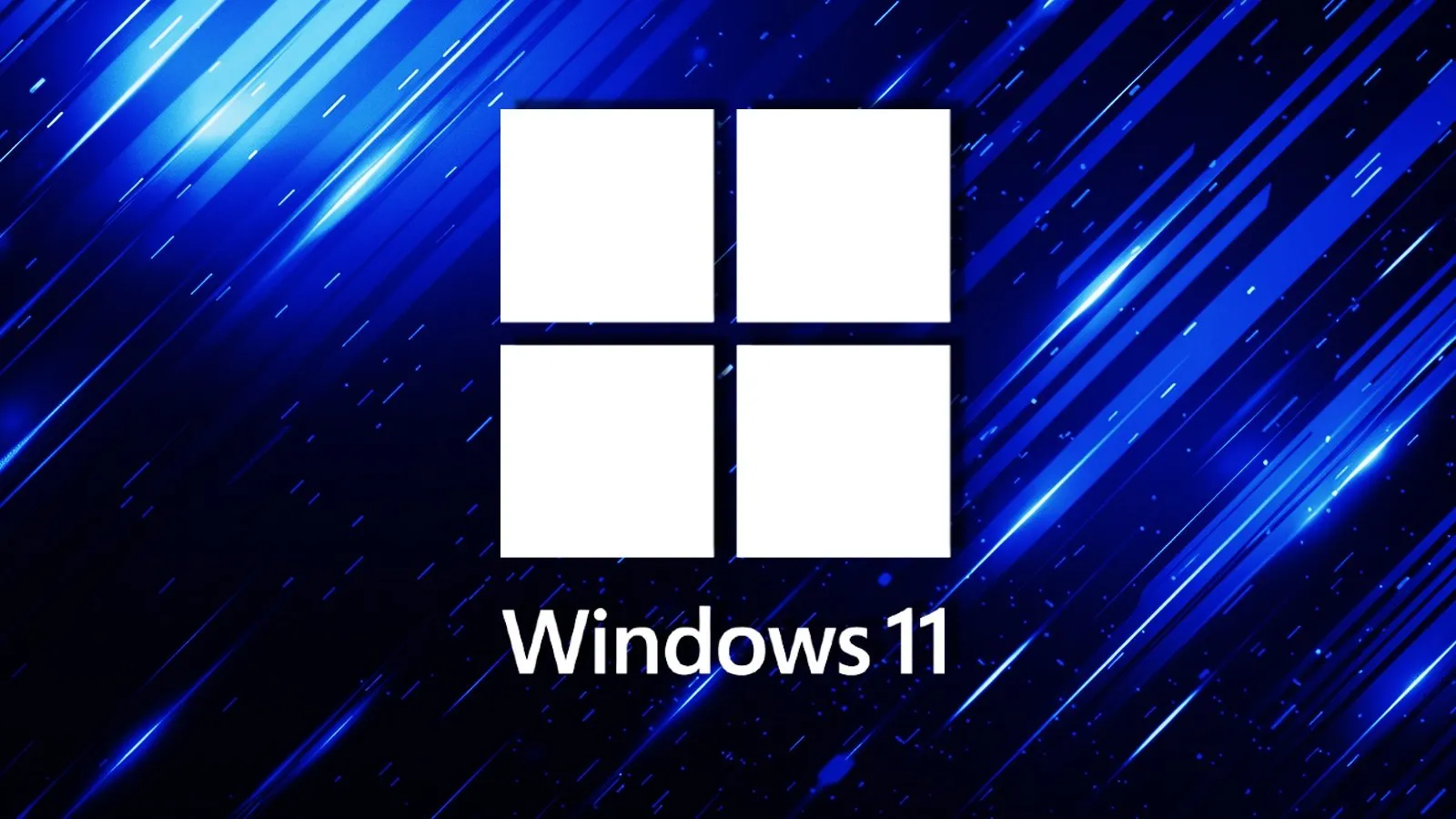
What Lies Ahead for Windows Users
As we edge closer to the end-of-life deadline for Windows 10, the landscape of Windows operating systems is changing. Microsoft’s focus shifts increasingly towards Windows 11, prompting users to upgrade their systems or face potential security risks. This transition period is crucial for both large enterprises and individual consumers, as they navigate the complexities of software upgrades and hardware compatibility.
The reluctance to move on from Windows 10 is not without reason. The operating system has proved to be “sticky” due to its reliability and the extensive use of embedded applications by large organizations. Notably, entities like the UK National Health Service clung to outdated versions like Windows XP well into the late 2010s due to the specific needs of their operational frameworks.
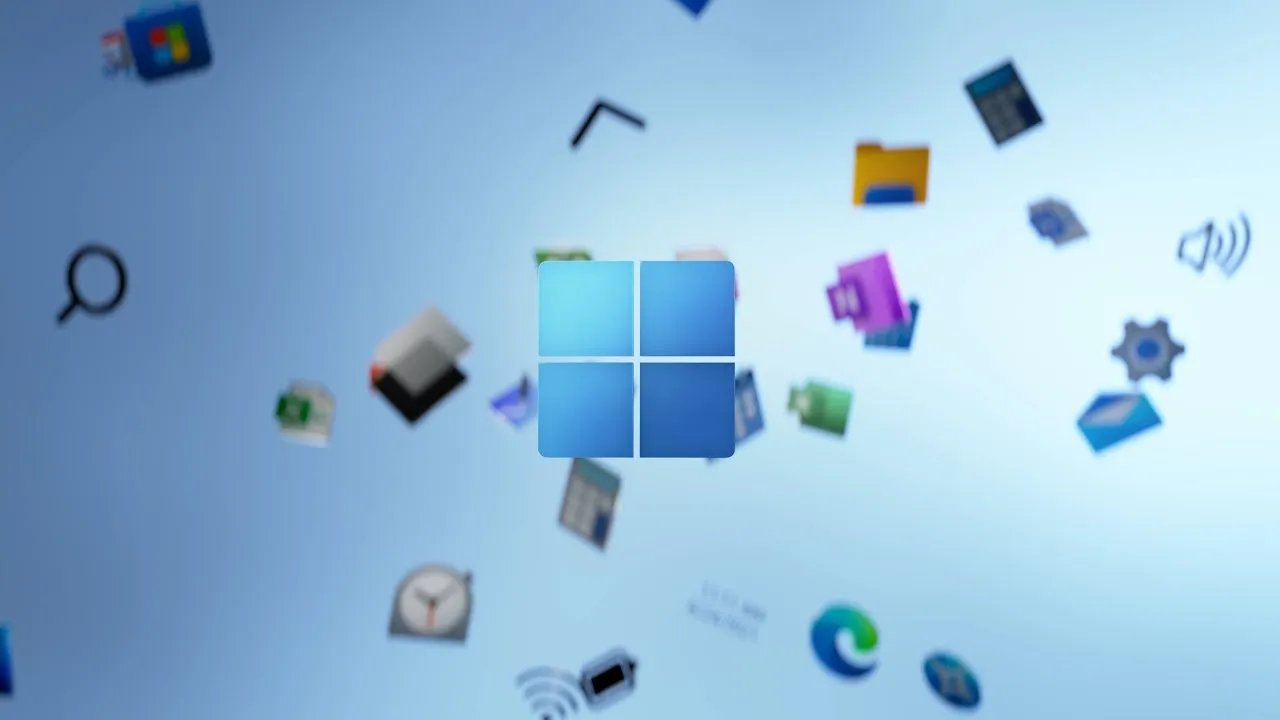
As Windows 10’s end-of-life looms, the shift towards Windows 11 represents more than just a routine software update—it signifies a broader move towards more secure, efficient, and technologically equipped working environments. With its growing market share, Windows 11 is set to become the new standard, offering advanced features that promise to keep pace with the demands of modern computing tasks.
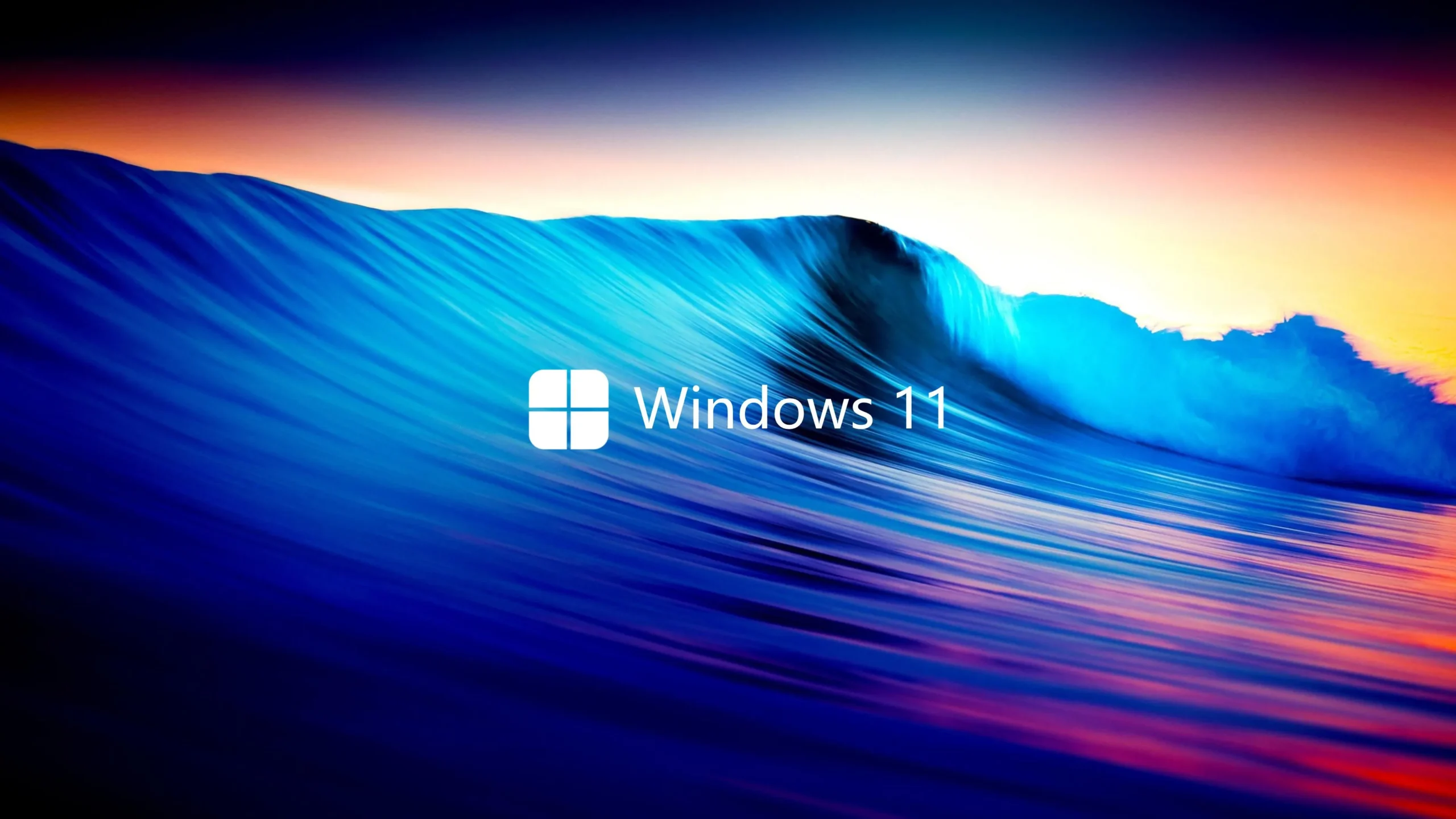
For users and businesses still on the fence about upgrading, the coming months are critical as they weigh the benefits of enhanced security and new features against the costs and effort involved in transitioning to a new operating system platform. As always, staying informed and prepared is key to navigating these changes smoothly.

